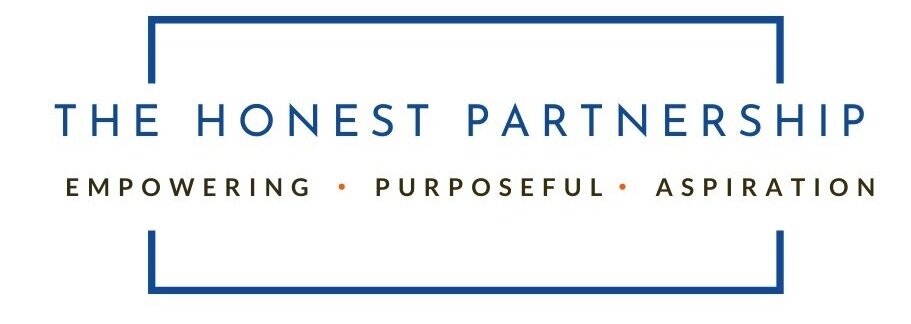How Masculine Defaults Play Out in an Organisation
Masculine defaults, this is a new term for me, what about you?
What follows is a snapshot of what I’ve understood about masculine default and its implications; I hadn’t realised how insidious this form of bias could be for not just women, but for men and non-binary people who do not display stereotypically masculine characteristics.
Meaning
“A form of gender bias in which characteristics and behaviours typically associated with men are rewarded and considered standard practice.” - Prof Hazel Markus & Prof Sapna Cheryan
Organisational Manifestation
Markus & Sapna’s recent research identified masculine defaults are held in corporate language, values and mission statements, remuneration and rewards, culture and policies. as well as leadership styles and behaviours.
At a recent event, the speaker, identified as male, used the word ‘gaffer’ a coequal term for a boss. It was a throwaway comment, but I had just read the research and realised the impact this term had on me. In reflecting on this observation with the Head of Wellness at West Midland Police, she contextualised this reflection on her own experience within the force; ‘Gaffer,’ ‘sir’ and ‘chief’ were embedded language for all humans that were in a position of authority. Also, her own observation was there was pressure for senior female professionals to behave and dress in a way that had a bias towards masculinity; What was emerging was systemic masculine defaults.
Why Care?
The challenge emerges as these defaults advantage many men and disadvantage many women and others who may not ascribe to the masculine ideal. It places pressure also to confirm a particular way of being, whats implied is that you don’t fit, or won’t be seen as truly valuable, based on a lacking of masculine characteristics.
What makes what I am learning challenging is, it is not an obvious form of bias and therefore challenging could be even more challenging. But the research does have success stories.
For me, it was reading the list of female characteristics and realising the value these have in these post-COVID times, and yet they may not be noticed or rewarded in the same way, due to bias within how remuneration policy is perceived and applied.

